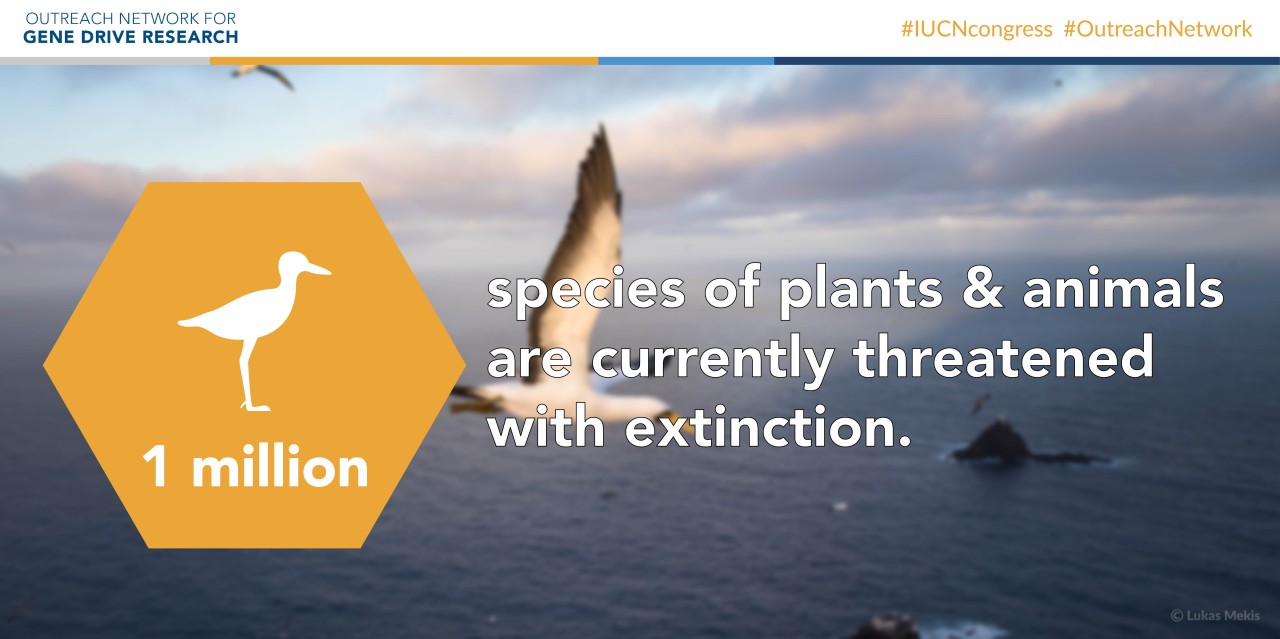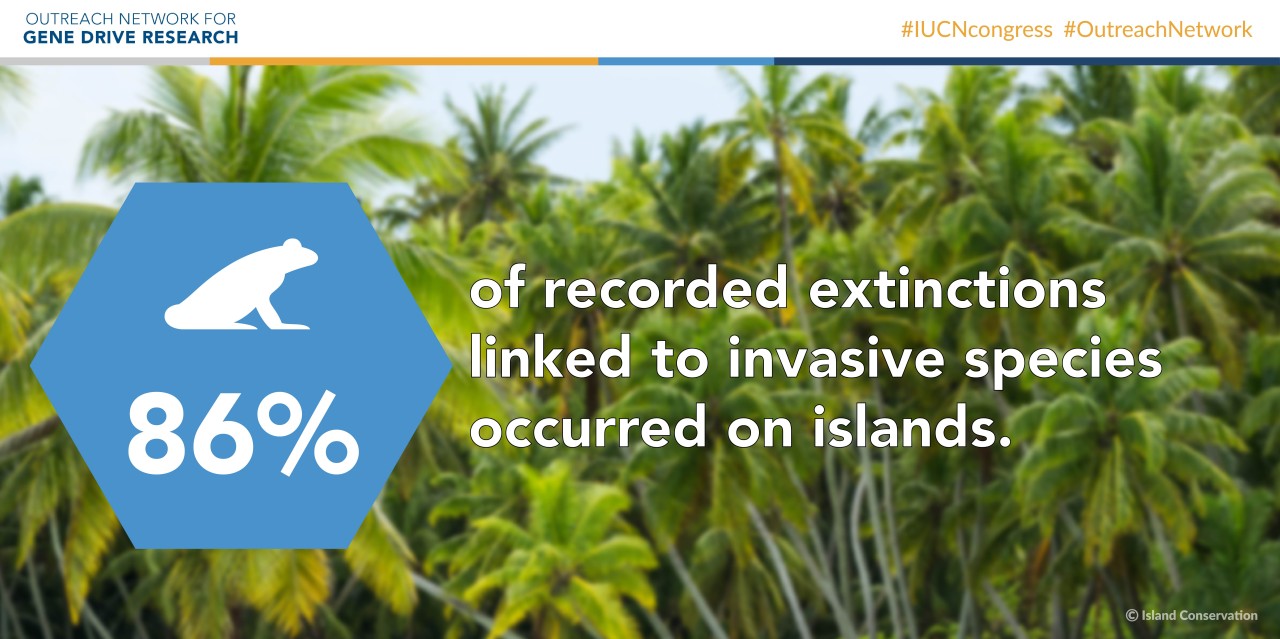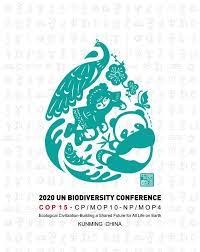World Milk Day 2024 Report – Celebrating Dairy’s Vital Role in Nutrition and Sustainability
This year, on June 1, we celebrated the vital role that dairy plays in delivering…
The global authority on the status of the natural world, the International Union for the Conservation of Nature (IUCN), hosted the World Conservation Congress from September 3-11 in Marseille (France) to assess the state of the world’s natural resources and to discuss strategies and policies to promote nature conservation.
 According to the IPBES Global Assessment Report on Biodiversity and Ecosystem Services, the sixth mass extinction is accelerating, with more than one million species of animals and plants at risk of disappearing. Thousands of initiatives have been established globally to preserve many endangered species but more needs to be done to avoid a global disaster.
According to the IPBES Global Assessment Report on Biodiversity and Ecosystem Services, the sixth mass extinction is accelerating, with more than one million species of animals and plants at risk of disappearing. Thousands of initiatives have been established globally to preserve many endangered species but more needs to be done to avoid a global disaster.
Current conservation tools are limited by the cost, scale, and complexity of implementation involved. Invasive alien species, such as rats, are one of the leading causes of biodiversity loss but control methods, like rodenticides, are particularly complicated and costly to implement as great care needs to be taken to avoid, minimize, and mitigate the impact on non-target native species.
 If we want to address the current conservation challenges and increase the probability of restoring and protecting ecosystems, it is critical to find innovative approaches and new tools to complement existing ones. New technologies, such as those derived from synthetic biology and gene drive approaches, have the potential to complement current efforts to halt biodiversity loss and enhance biodiversity conservation.
If we want to address the current conservation challenges and increase the probability of restoring and protecting ecosystems, it is critical to find innovative approaches and new tools to complement existing ones. New technologies, such as those derived from synthetic biology and gene drive approaches, have the potential to complement current efforts to halt biodiversity loss and enhance biodiversity conservation.
After intense debate, IUCN members adopted the motion on synthetic biology, which includes gene drive technology. Language on a gene drive moratorium was excluded from the final text and the motion calls for IUCN to remain neutral on synthetic biology until the organisation adopts a policy at its next Congress in 2024. The motion, however, does not mention the concept of “case-by-case assessment”. The risks and benefits of each gene drive application vary according to the type of modification made, the species applied to, as well as the ecosystem and geography where the gene drive organism will be used. Therefore, assessments should be carried on a case-by-case basis to facilitate an informed conversation and decision-making.
 As the world convenes this week once again for COP-15 Part One in Kunming, China, we hope the discussion on innovation and new tools for biodiversity conservation will be mindful of the risk of inaction. Science is not only an observational tool; it is also part of the solution. We have the chance to develop more precise, more cost-effective, and more humane ways to protect endangered species. We cannot close the door to potential solutions to global conservation challenges. Instead, we should ensure that research on synthetic biology and genetic technologies is conducted responsibly and safely.
As the world convenes this week once again for COP-15 Part One in Kunming, China, we hope the discussion on innovation and new tools for biodiversity conservation will be mindful of the risk of inaction. Science is not only an observational tool; it is also part of the solution. We have the chance to develop more precise, more cost-effective, and more humane ways to protect endangered species. We cannot close the door to potential solutions to global conservation challenges. Instead, we should ensure that research on synthetic biology and genetic technologies is conducted responsibly and safely.